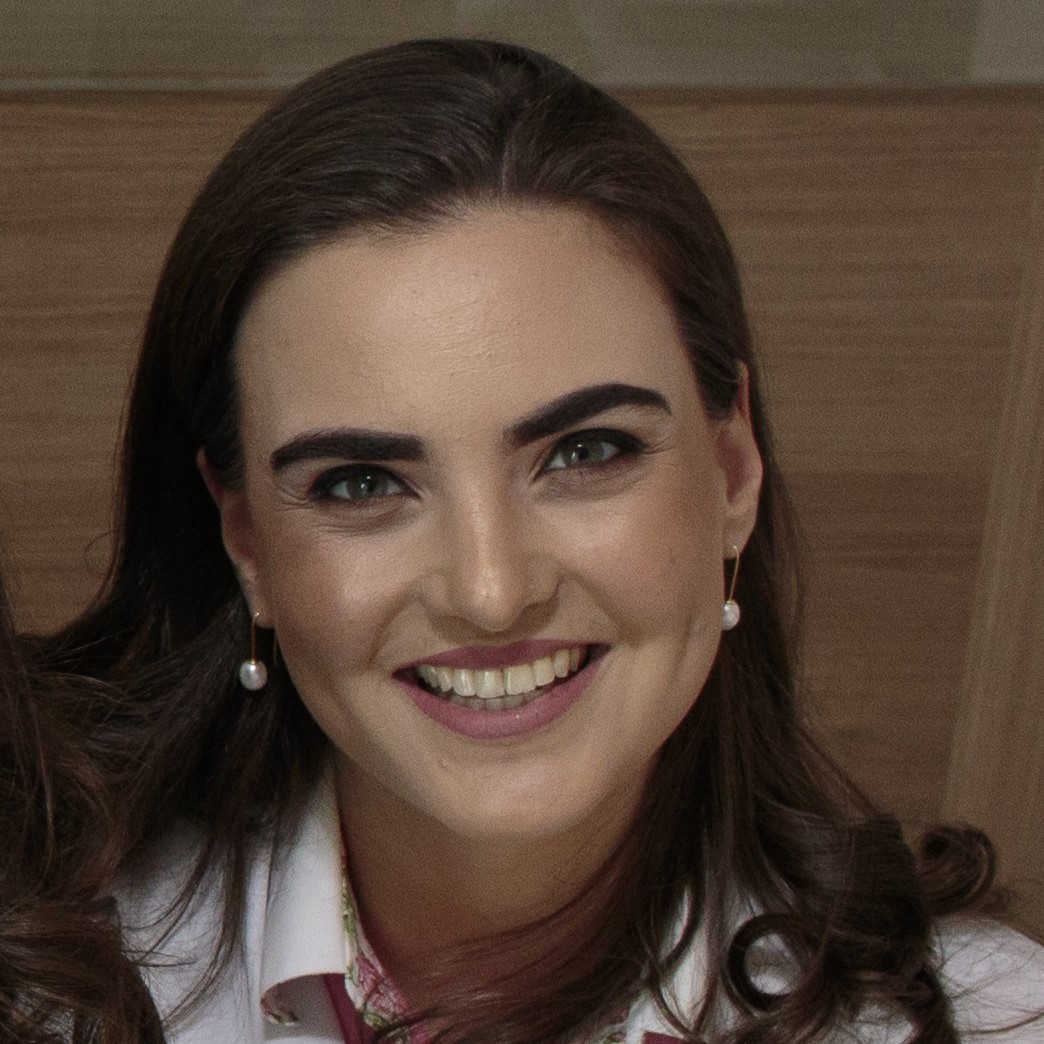hospitals in Florence and Rome and in Paris (France)


Filho da educadora em saúde Anna Bove e do dentista Alfredo Pinotti, José Aristodemo Pinotti, ou Ari como era chamado pela família, nasceu em um ambiente propício para seguir sua vocação na área médica. Todos os seus avós vieram da Itália. Seus avós paternos eram de Veneto, enquanto seus avós maternos da região de Amalfi.
Ele visitou a Itália pela primeira vez em 1961, e a partir de então criou profundos laços profissionais e de amizade lá. Tanto que sua formação médica se aprimorou no período em que passou internados em hospitais de Florença e Roma e em Paris (França), logo após o término do curso na Faculdade de Medicina da Universidade de São Paulo. Por fim, ficou em Milão, no então Istituto dei Tumori, onde conheceu um jovem cirurgião de mama chamado Umberto Veronesi, com quem manteve uma profunda amizade e parceria profissional que rendeu muitos frutos para a mastologia brasileira.
Nessa época, já almejava a carreira universitária. Convidado pelo Prof. Bussâmara Neme, seu professor de Medicina e também professor da Faculdade de Ciências Médicas da Universidade Estadual de Campinas (Unicamp), para criar o Departamento de Ginecologia e Obstetrícia daquela faculdade, percebeu a grande oportunidade de iniciar seus objetivo principal: tornar-se professor universitário de medicina.
Nas décadas de 1970 e 1980 deu importantes contribuições para garantir melhores possibilidades de cura e qualidade de vida às mulheres com câncer de mama, sendo pioneiro em pesquisas sobre quimioterapia adjuvante com seu companheiro de profissão e de vida Prof. Dr. Luíz Carlos Teixeira. Na década de 1980 publicou com os Profs. Henrique Benedito Brenelli, Prof. Maurício Knobel e Prof. Ricardo Baroudi um importante trabalho sobre reconstrução mamária imediata pós-mastectomia que foi transformador em nossa conduta. Foi também quando iniciou os protocolos de cirurgia conservadora com avaliação citohistológica das margens cirúrgicas, que atualmente nos permitem utilizar as técnicas de mamoplastia.
Toda a sua carreira acadêmica foi realizada na Unicamp, onde prestou os exames que o levaram ao cargo de professor titular. Também por meio de concursos, alcançou o mesmo cargo na Faculdade de Medicina da USP. Foi Reitor da Faculdade de Medicina e Reitor da UNICAMP quando construiu e fundou o Centro de Atenção Integral à Saúde da Mulher (CAISM) que hoje leva seu nome (Prof. José Aristodemo Pinotti Hospital da Mulher) e que é reconhecido em todo o Brasil.
Sua relevante contribuição científica está traduzida em 82 livros e 1.860 artigos científicos publicados em renomadas revistas internacionais, muitas delas premiadas.
Na década de 1960 reuniu uma equipe para montar sua primeira clínica médica privada voltada para o atendimento integral às condições de saúde da mulher.
Como gestor público, ampliou o conceito de universalização e integração da saúde em sua extensa obra: foi reitor da Unicamp (1982-1986), secretário estadual de Educação e Saúde (1986-1991), deputado federal por três legislaturas, membro do Academia Nacional de Medicina (cadeira 22), secretário municipal de Educação de São Paulo (2005-2006), único brasileiro eleito presidente da Federação Internacional de Ginecologia e Obstetrícia (1986-1992), e o primeiro a receber o título de Doutor Honoris Causa pela Universidade de Bolonha, a mais antiga do mundo, em reconhecimento à importância de seu trabalho em prol das mulheres.
Em 1966 casou-se com a artista plástica e professora do Instituto de Artes da Unicamp, Suely Pinotti, com quem construiu sua família que sempre o apoiou e colaborou em todos os seus projetos. Teve três filhos: Marianne (médica), André (arquiteto) e Mirella que faleceu aos 19 anos. Teve cinco netos: Anna, Gaia, Ari, Enrica e Mirella.
Admirador e entusiasta da literatura, da música e do teatro, publicou dois livros de poemas. Conviveu com artistas do mundo inteiro, como a poetisa e escritora Hilda Hilst e José Antônio de Almeida Prado, grande compositor da música erudita contemporânea, entre outros.
Livre pensador e ávido leitor, com imensa capacidade de síntese e generosa difusão de ideias e utopias, conciliou a sua vocação científica com o seu carácter intensamente humanista.
O prêmio José Aristodemo Pinotti é concedido ao melhor artigo apresentado durante o BBCS. Inicialmente, tratamos das passagens aéreas, hospedagem e inscrição da autora no San Antonio Breast Cancer Symposium, no Texas (EUA). Porém, com a pandemia e o evento online, a edição de 2021 entregou o prêmio em dinheiro. A edição de 2022 seguirá o mesmo formato.

MACHINE LEARNING CAN RELIABLY PREDICT MALIGNANCY OF BI-RADS 4A AND 4B BREAST LESIONS BASED ON CLINICAL AND ULTRASONOGRAPHIC FEATURES
Isabela Panzeri Carlotti Buzatto¹, Daniel Guimarães Tiezzi¹, Sarah Abud Recife², Ruth Morais Bonini³, Licerio Miguel², Liliane Silvestre¹, Nilton Onari³, Ana Luiza Peloso Araujo Faim³
¹ Department of Obstetrics and Gynecology – Breast Disease Division, Ribeirão Preto Medical School, University of São Paulo. Brazil.
² Department of Gynecology & Obstetrics, Women's Health Reference Center of Ribeirão Preto (MATER), Ribeirão Preto Medical School, University of São Paulo. Brazil.
³ Department of Radiology, Hospital de Amor de Campo Grande, Mato Grosso do Sul. Brazil.
Objective: To establish the most reliable machine learning model to predict malignancy in BI- RADS; 4a and 4b breast lesions, and optimize the negative predictive value to minimize unnecessary biopsies. Methodology: We included clinical and ultrasonographic attributes from 1,250 breast lesions from four Institutions classified as BI-RADS; 3 , 4a, 4b, 4c, 5 and 6. We selected the most informative attributes to train the models in order to make inferences about the diagnosis of BI-RADS; 4a and 4b lesions (validation dataset). Using the best parameters and hyperparameters selected we tested the performance of nine models and 1530 ensemble models.
Results: The most informative attributes were shape, margin, orientation and size of the lesions, the resistance index of the internal vessel, the age of the patient and the presence of a palpable lump. The highest mean NPV was achieved with XGBoost (93.6%).The final performance of the best ensemble model was: NPV= 96.4%, sensitivity= 81.5%, specificity= 84.1%, PPV= 46.8%, f1-score= 59.5% and the final accuracy= 83.7%. Age was the most important attribute to predict malignancy. The use of the final model associated with the patient’s age would reduce in 51% the number of biopsies in women with BI-RADS; 4a or 4b lesions. Conclusion: Machine learning can predict malignancy in BI-RADS; 4a and 4b breast lesions identified by
the US, based on clinical and ultrasonographic features. Our final prediction model would be able to avoid 51% of the 4a and 4b breast biopsies, without missing any cancers.
Keywords: ultrasonography, mammary; machine learning; artificial intelligence; image-guided biopsy
FOTOBIOMODULAÇÃO EM RADIODERMATITE DE CÂNCER DE MAMA: FOTODERME, UM ENSAIO DUPLO-CEGO RANDOMIZADO CONTROLADO (NCT04059809)
Francine Fischer Sgrott 1 , Jaqueline Munaretto Tim Baiocchi 2 , Glauco Baiocchi Neto 3 , Pamela Cabral Finato Rech 4 , Anderson da Cruz 4 , Omar Sulivan Ruzza Filho 4 , Lucas Sapienza 5
1Universidade do Vale do Itajai (UNIVALI), Itajaí (SC) – Brazil
2Instituto Oncofisio, São Paulo (SP) – Brazil
3AC Camargo Cancer Center, São Paulo (SP) – Brazil
4CORB Radioterapia, Itajaí (SC) – Brazil
5Baylor College of Medicine, Houston – United States
Objetivo: Avaliar o impacto do PBM na redução da prevalência de radiodermatite no câncer de mama.
Metodologia: Foi realizado um estudo randomizado duplo-cego controlado que incluiu mulheres submetidas à cirurgia conservadora ou mastectomia e tratadas com Radioterapia 3D. Os pacientes foram aleatoriamente designados (1:1) para receber cuidados habituais com a pele ± PBM vermelho (660 nm) com energia de 3 Joules por ponto a cada 2 cm na mama por 10 minutos. O grau de radiodermatite foi avaliado cegamente por 2 profissionais a cada 5 dias do D5 ao D30 da radioterapia adjuvante. O grupo controle teve o dispositivo PBM posicionado, mas não foi ligado. O aparelho foi posicionado na parte superior da mama operada (plastrão). As regiões axilar, inframamária e supraclavicular foram excluídas do modelo do dispositivo PBM.
Resultados:48 mulheres foram incluídas no estudo (26 mulheres no grupo PBM e 22 no grupo controle). A idade mediana foi de 51,5 anos (intervalo, 29-78) e dose total mediana de radiação de 50,4 Gy (intervalo, 42-55). As variáveis clínicas e patológicas não diferiram entre os grupos. No total, 16 (33,3%) casos apresentaram radiodermatite no plastrão mamário e 42 (87,5%) fora da área do plastrão mamário. A radiodermatite no plastrão mamário foi significativamente menor no grupo PBM em comparação com o grupo controle [11,5% vs. 59,1%; HR 0,090 (IC 95%: 0,021-0,39); p=0,001]. No entanto, não houve diferença nas taxas de radiodermatite fora da área da mama (não envolvida com PBM) para o grupo PBM em comparação com o grupo controle [88,5% vs. 86,4%; HR 1,21 (IC 95%: 0,21-6,7); p=0,82]. Além disso, 2 (7,7%) casos no grupo PBM e 12 (54. 5%) no grupo controle tiveram radiodermatite nas regiões mamária e não mamária [HR 0,069 (95% CI: 0,013-0,36); p=0,002].
Conclusão: Nossos resultados sugerem que o PBM em mulheres com câncer de mama tratadas com radiação adjuvante reduz significativamente o risco de radiodermatite.
Palavras-chave: Neoplasias da mama. Laserterapia de baixa intensidade. Fotobiomodulação. Radiação. Oncologia de Radiação. Reações cutâneas induzidas por radioterapia.